9 Basic Dog Commands in Russian
While teaching your dog commands in something other than English might seem odd, it’s pretty standard. Russian and German are two of the most common languages used for dog training.
If you’re planning to train your dog with Russian commands, this article will teach you nine of the most common commands, along with a guide on pronouncing them if you’re not familiar with the Russian language.
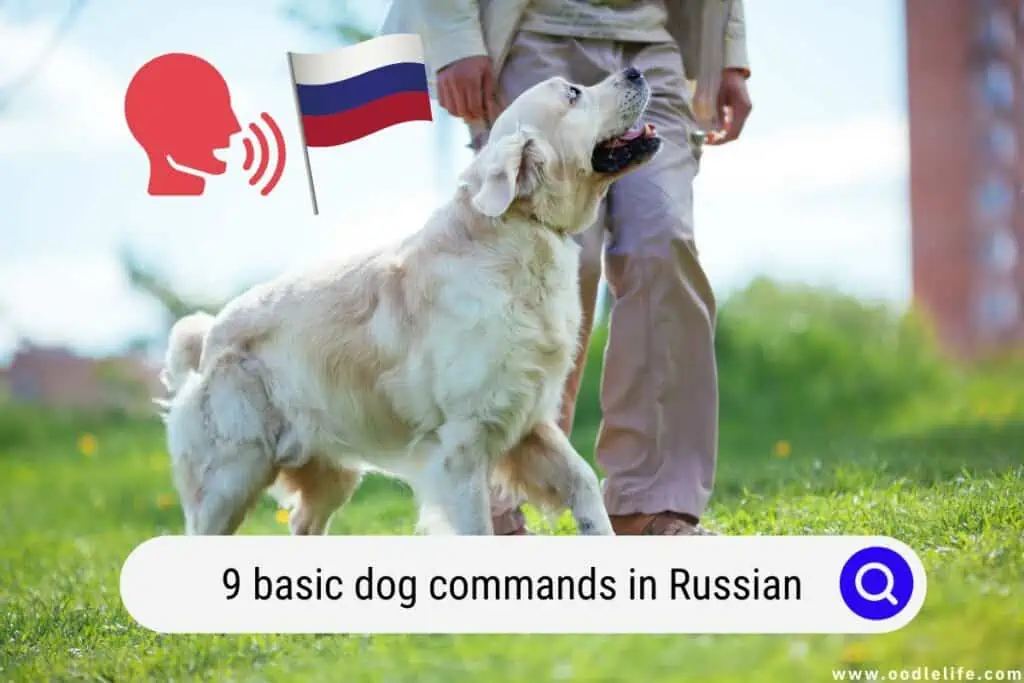
I’ll also go over a few reasons you may want to teach your dog commands in Russian (even if you don’t speak the language at home!) and some tips and tricks on adapting Russian into your training routine.
Why Teach Your Dog Russian Commands?
You might consider teaching your Russian dog commands for many reasons. It could be that you or a family member at home natively speaks Russian, making Russian commands a natural option for your household.
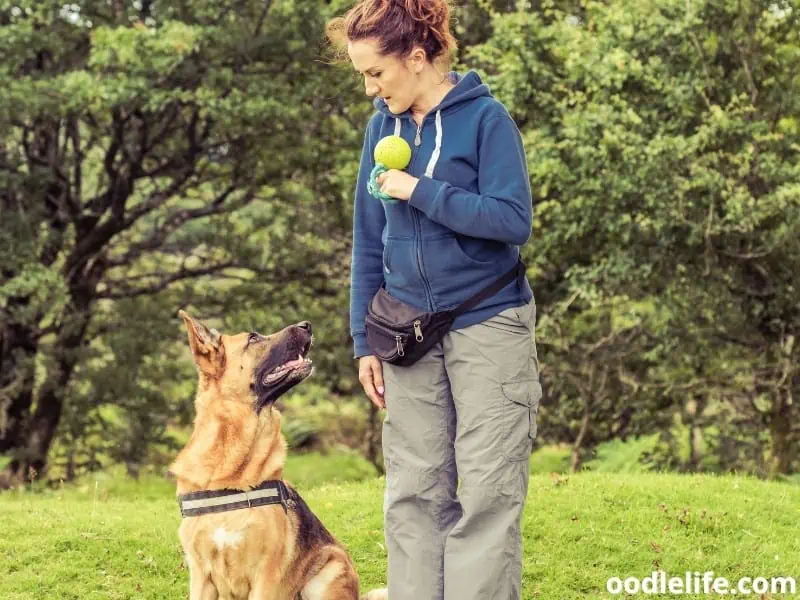
Another reason may be that your dog was adopted and was already trained with Russian commands. It can take a lot of work to retrain dogs with another language. If you adopt a dog that already knows Russian, you can make their transition into your home all the easier by using Russian commands.
Finally, some dogs are trained with Russian commands so they don’t get mixed up with English or another language. This reason is most common in working dogs trained for search and rescue.
In chaotic environments, languages like Russian and German are easier to differentiate. A dog learns commands by remembering the sound of a word. They don’t necessarily understand what the meaning of that sound is.
In English, for example, commands like sit and stay may get easily mixed up as the sounds are similar.
For working dogs or support dogs, Russian commands also ensure that other people aren’t able to distract your dog by giving them orders.
What Are Common Russian Dog Commands?
Before we go into depth on the most common Russian commands along with how to pronounce them, here is the list of the orders we’ll be learning in English:
- Sit
- Stay
- Come
- No
- Lie Down
- Walk
- Good Boy/Girl
- Speak
- Fetch
For every command, we will first explain what the command is for and then the Russian command for it in Cyrillic, followed by a phonetic pronunciation.
Sit
In Russian, the word for “sit” is СИДЕТЬ (“see-DET’).
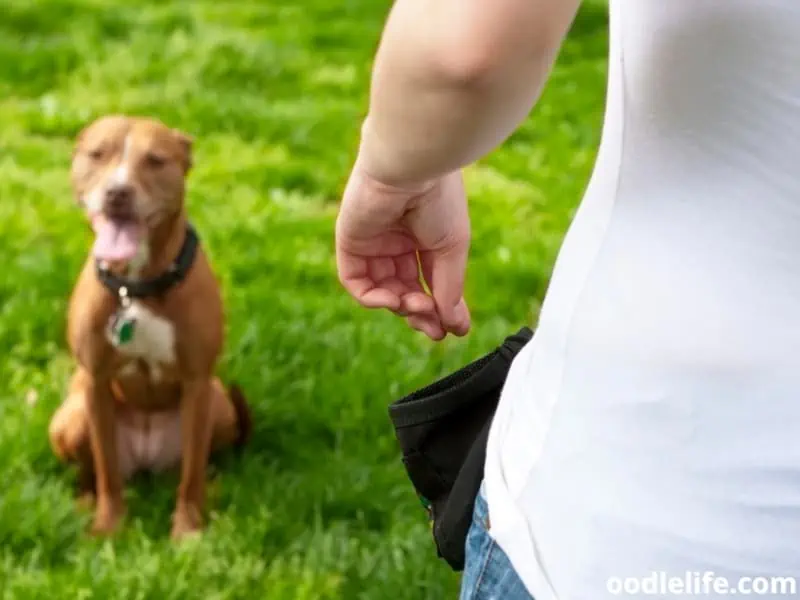
This order is easily one of the first commands any dog learns, no matter what language you are working in. It is usually taught when the dog is still a puppy.
You can train your puppy by gently putting them in a sitting position while you say the command. When they are sitting, you can praise them or give them a little treat, like a small piece of kibble.
After they get the hang of it, you can start saying the command and wait for them to sit. If they don’t sit right away, you can give a hint, like gently pressing on their hindquarters. As you continue to teach your dog the command, give less and less help until they understand it.
Stay
The Russian word for “stay” is MECTO (“MJE-sto”). In Russian, this means “to place.”
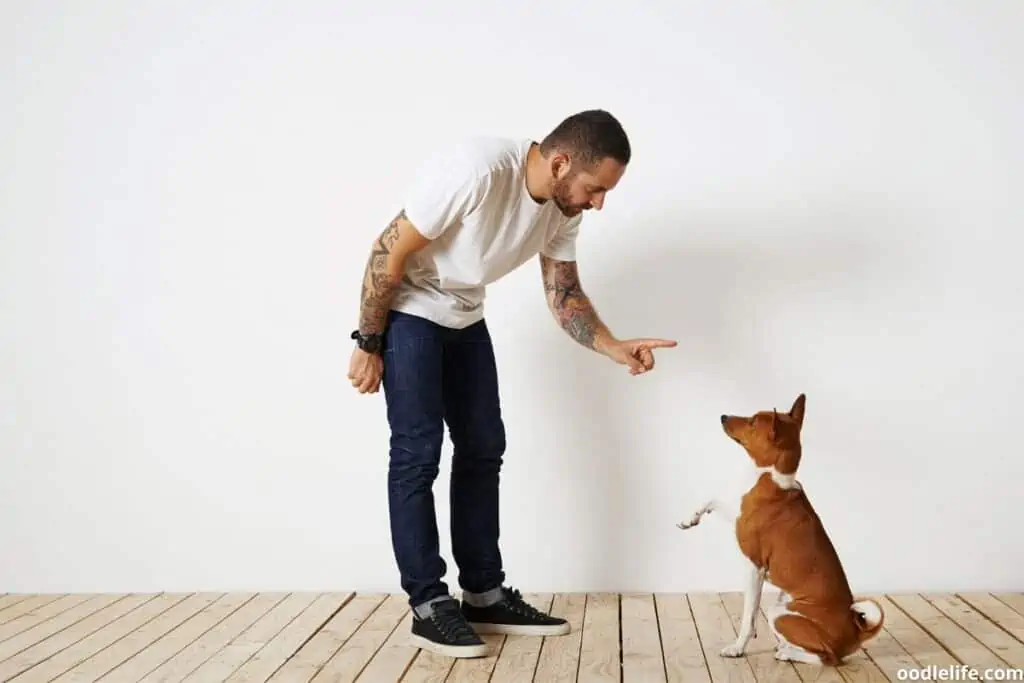
Stay and sit are often taught together. First, the dog is usually instructed to sit and stay in place. This is a good combination of commands to master to ensure your dog doesn’t run off and get into trouble when you need them to stay put.
Come
The Russian word for “come” is KO MHE (“ko-MNE”). The direct translation is “to me.”
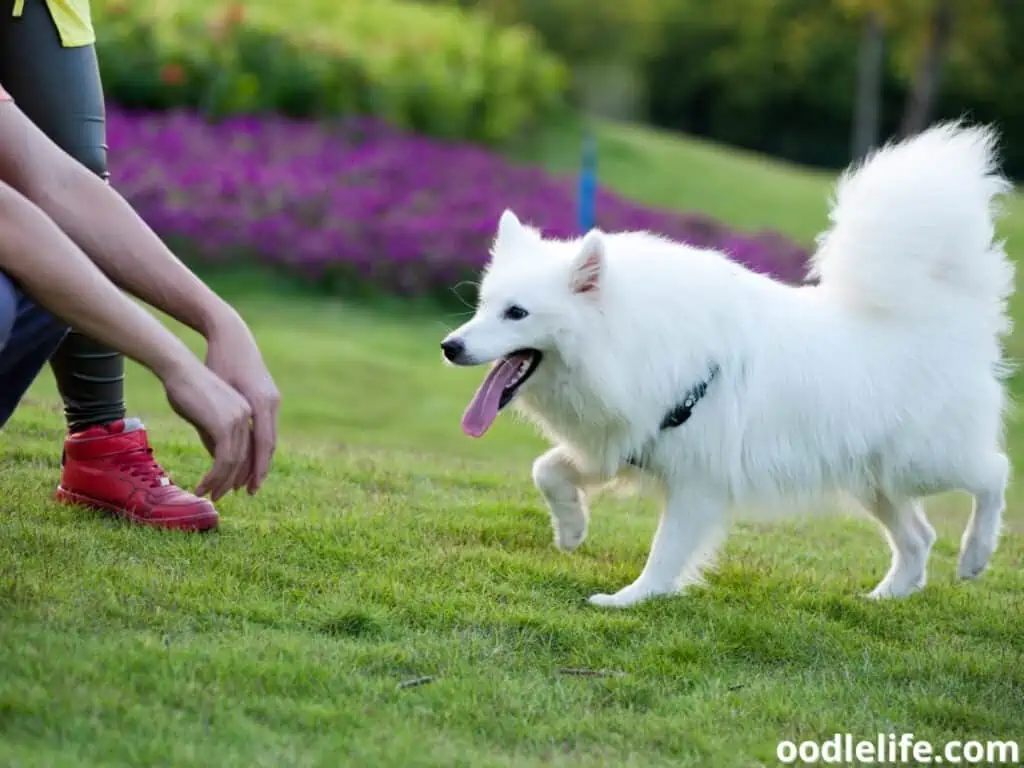
To finish off the trifecta of ultimate beginner commands is “come.” You want to have this command, combined with sit and stay, mastered before you take your dog on regular public outings, such as at the dog park or for an off-leash hike.
Ideally, you want the dog to come to you the moment the command is called, no matter what they were doing beforehand.
No
нет (“nyet”) is the Russian word for “no.”
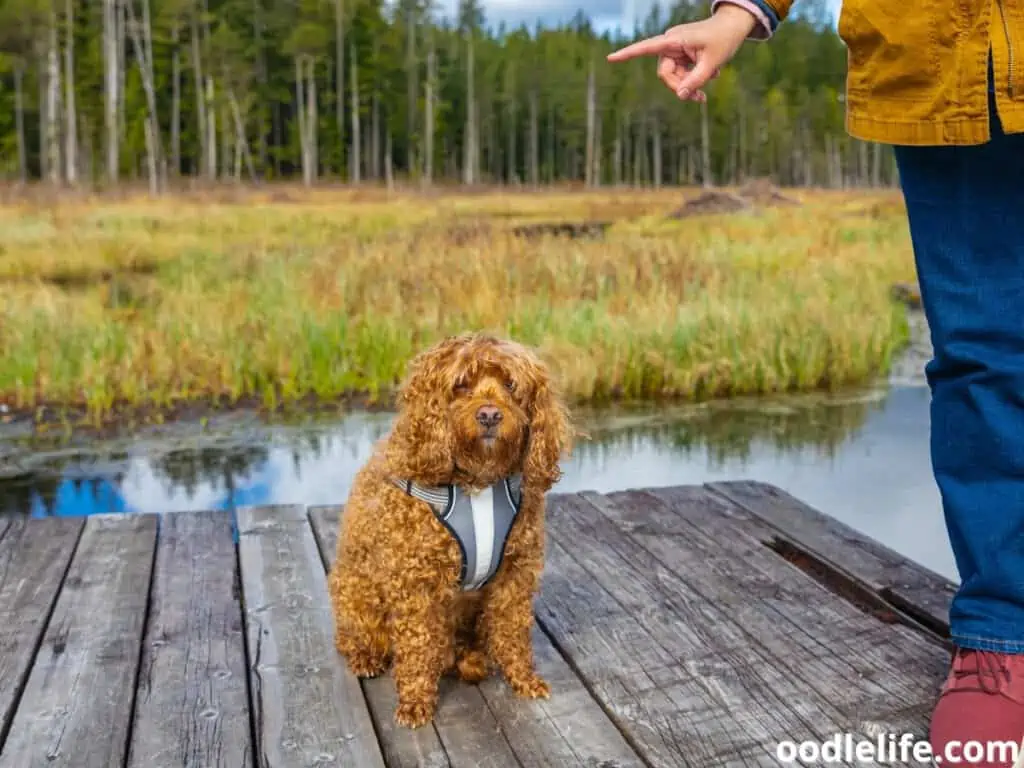
This command is diverse, and its usage will likely depend on your dog. For example, you can use this command when your dog is poking around some garbage or grabbing a toy that isn’t theirs.
Lie Down
In Russian, you can say ЛЕЖАТЬ or “lee-ZHYAT” if you want your dog to lie down. The direct translation is “down.”

Sometimes sitting isn’t enough to keep your dog still. Lie down has a little more emphasis on staying put.
On the other hand, it’s also a handy command for moments like bedtime when you’re instructing your dog to lie down in their sleeping area. This command can also tell your dog to get off the furniture.
Walk
All good boys love walks! In Russian, you can tell your dog it’s time to go for a walk with ходить or “HA-deet.”
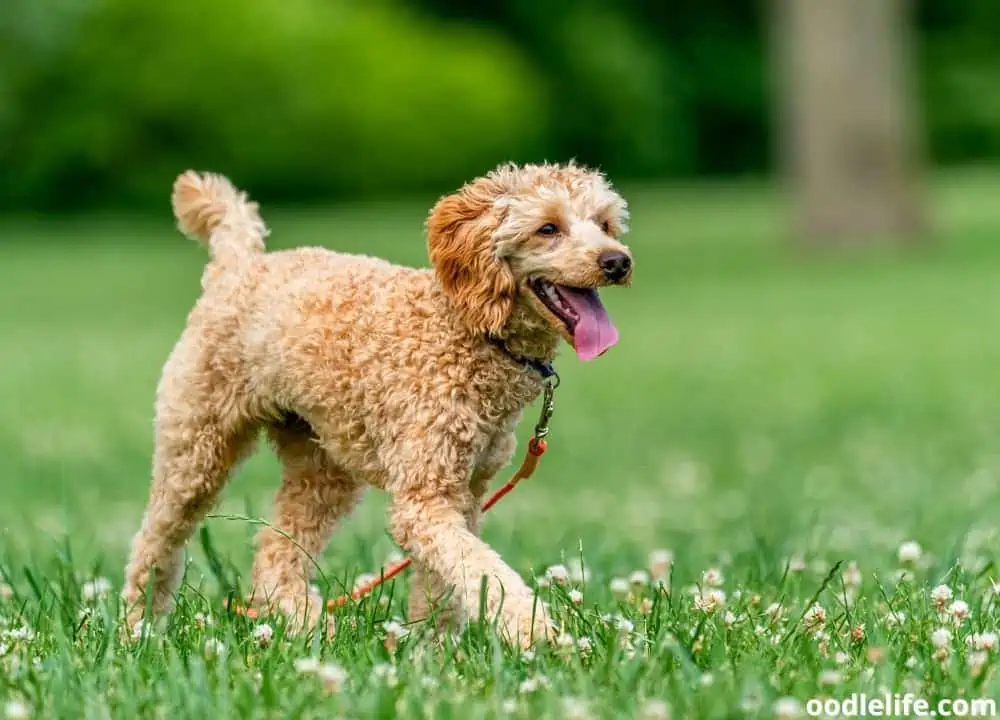
This command is more about communicating with your dog than telling them to do something. It will let them know what you are about to do, which can be a walk or playing outside. This order is especially useful for anxious dogs who want a warning before you change scenery.
If you want to use it as a command, you could train them to fetch their leash whenever you say it.
Good Boy/Girl
Remember when we mentioned giving your dog praise? Good boy/girl is a common way to praise your dog and tell them that you like what they are doing. In Russian, there are two ways you could say this.
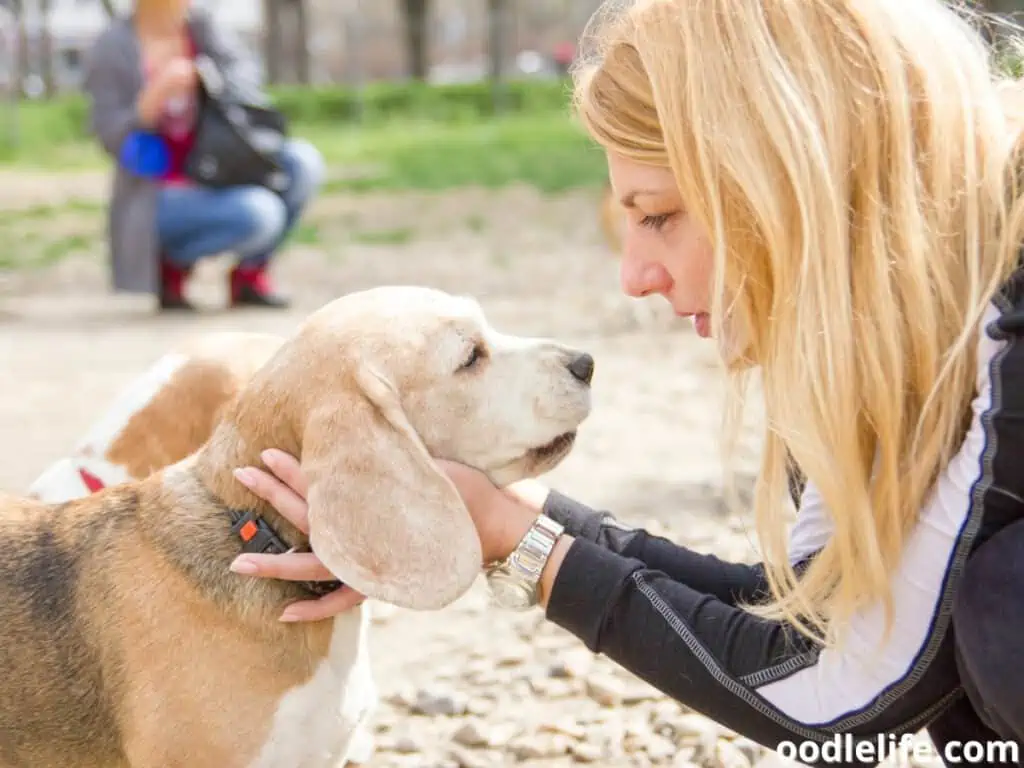
The first way is молодец or “mal-uh-DYETS.” This phrase directly translates into “well done.” This command is the simplest way to praise your dog, so many may find this the best option.
If you prefer to use a more direct “good dog,” then you could say хорошая собака or “haro-shay sabaka.” It’s more of a mouthful but more truthful to what you’re trying to say.
Either form will work perfectly. Just remember to be consistent with which one you are using so your dog doesn’t get confused.
Speak
Want your dog to make some noise? The command for this in Russian is ГОЛОС or “GOL-us.” The direct translation of this is “voice.”
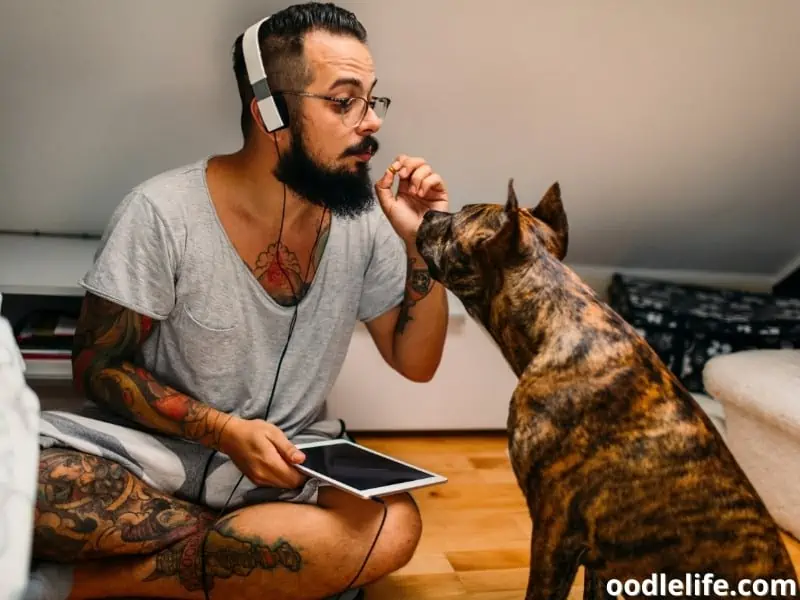
This order is mainly helpful to teach dogs that will be used for protection as it will encourage them to use their booming voice when needed.
Fetch
Our last command for this list is принеси or “pree-nee-see.” In Russian, this means “bring.”
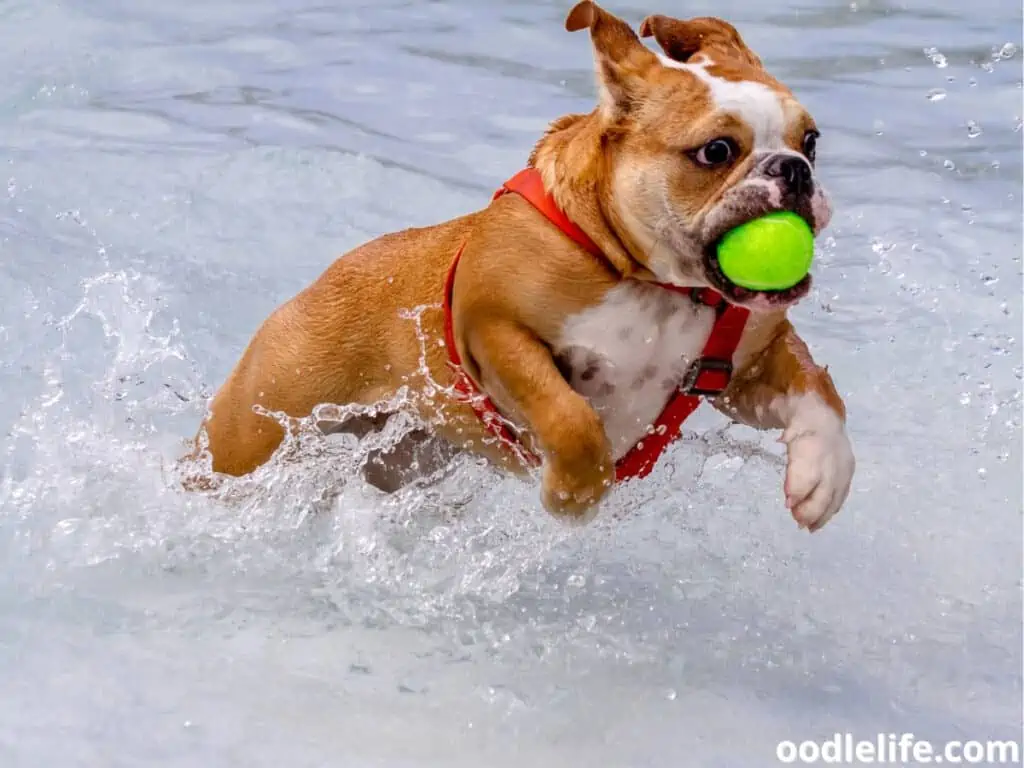
If you’re going to be playing with your dog in the park or your yard, this is a fun one to learn. You can teach them the classic game of fetch with a ball.
For more advanced, you could lead them to fetch things around the house like their leash, food bowls, or favorite toy.
Tips and Tricks
If you’re going to use dog commands in Russian, here are a few things I recommend you do to make your training as successful as possible:
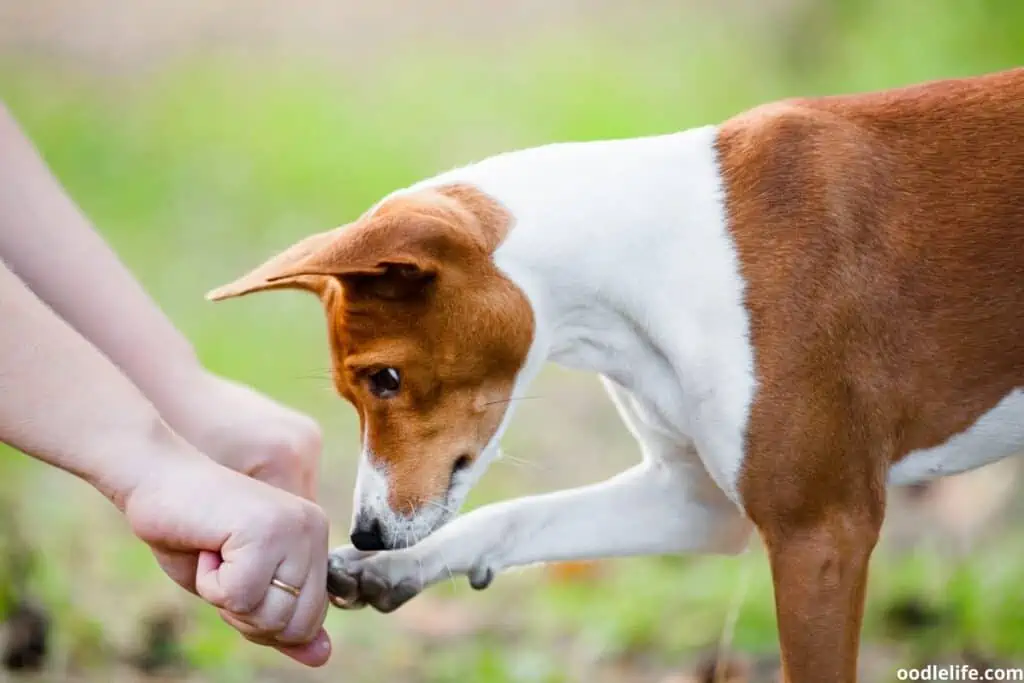
Be consistent. Dogs will get confused if you keep switching back and forth between Russian and another language. For this reason, pick a language and stick to it.
Understand that you won’t be able to change their language later on. For the most part, once a dog is trained, it can be tough to change its training. If they learned Russian commands as a puppy, switching them to English would be a long, slow process.
Get the whole family on board. If one person in the house teaches the Russian dog commands, then the house will need to use those same commands.
Final Thoughts
These are the most essential dog commands in Russian that will help you train your pet. Whatever your reasons for training your dog in Russian, these commands are easy to learn and will help you train a well-behaved dog.